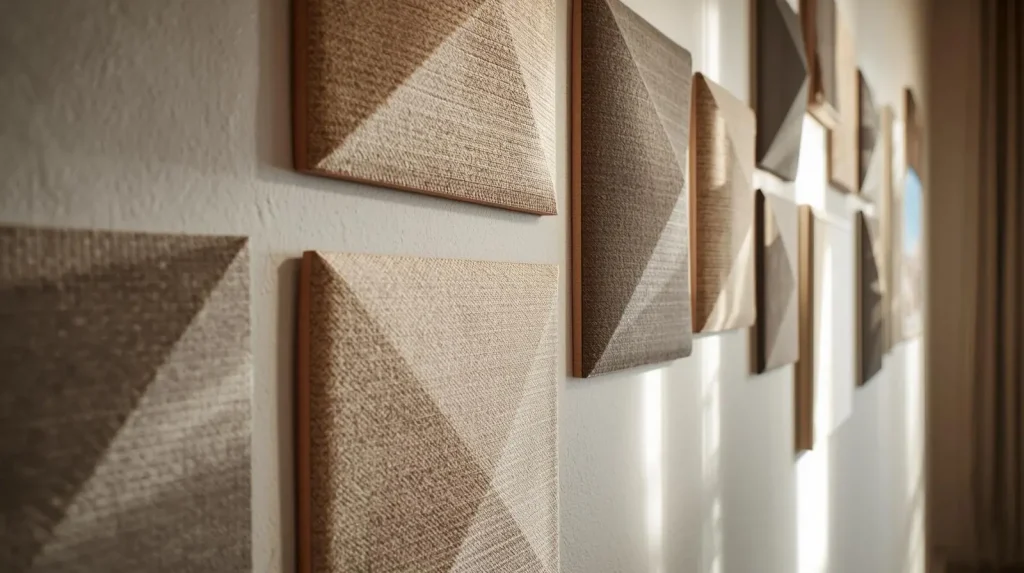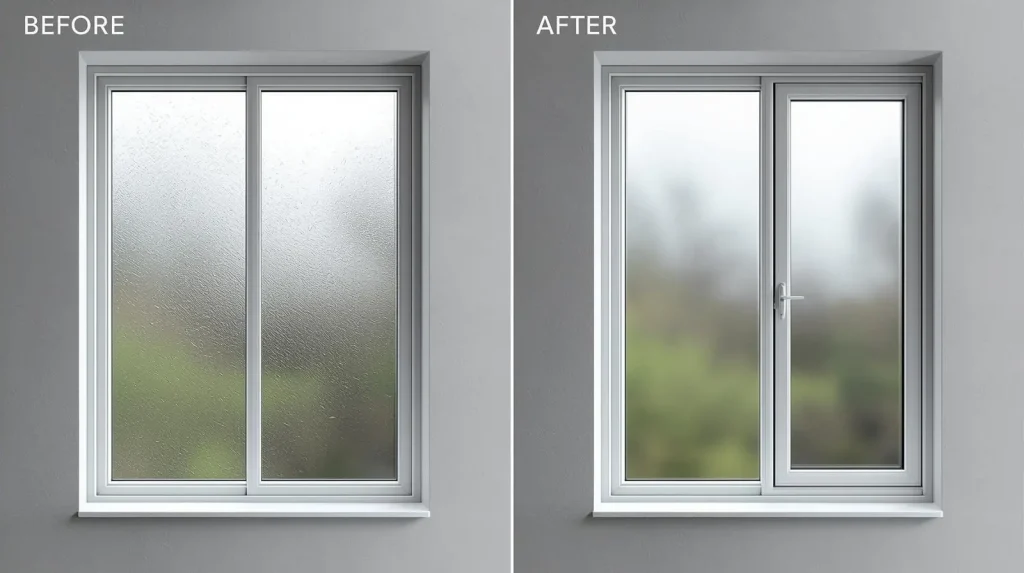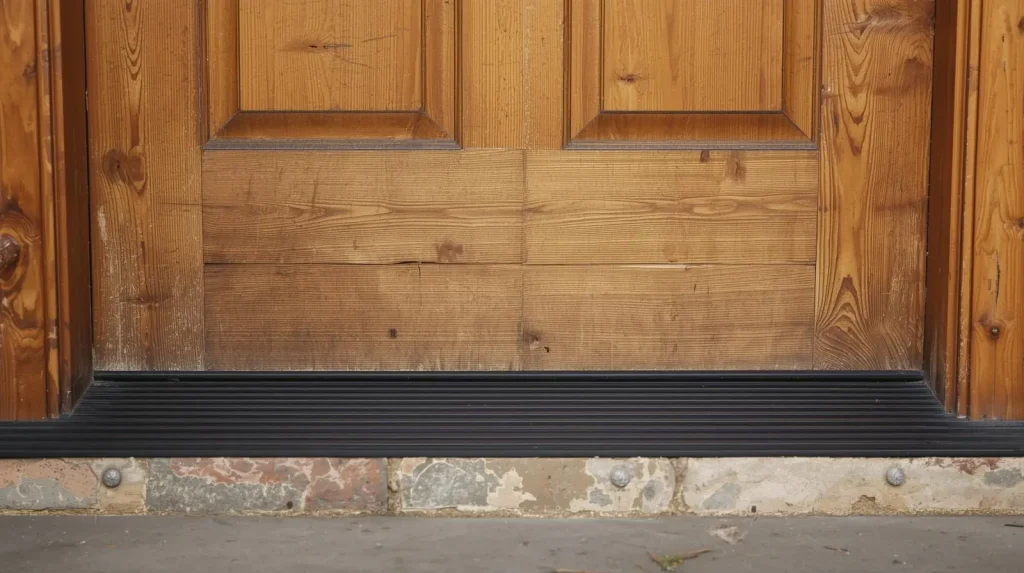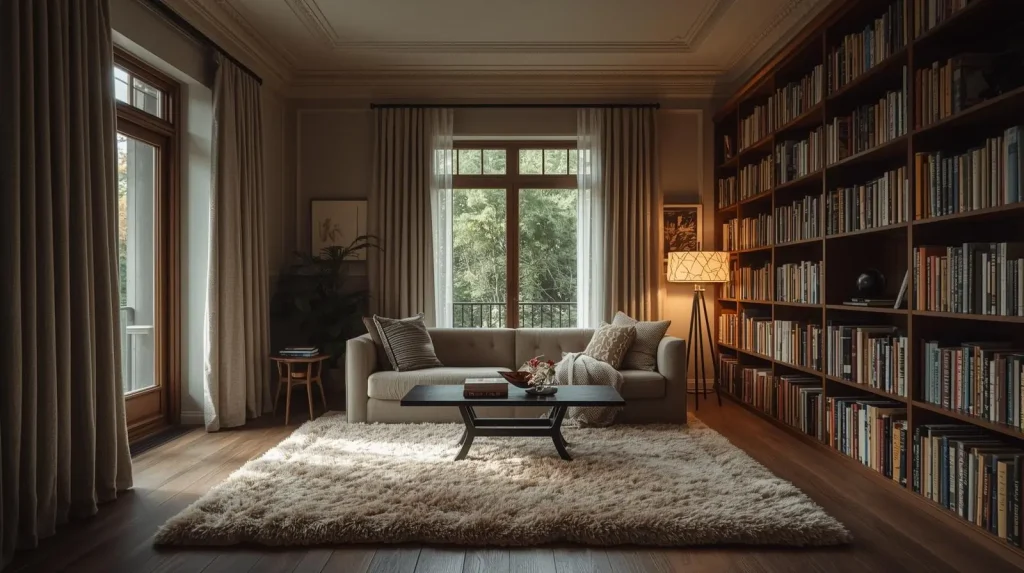Creating a quiet and peaceful home environment is more valuable than ever. Whether you live in a busy city apartment, a suburban neighborhood, or even a house with noisy family members, soundproofing can dramatically improve comfort and privacy. In this guide, we will explore effective soundproofing solutions for your home, how they work, and how to choose the right methods based on your space and budget.
Why Soundproofing Your Home Matters
Noise pollution can affect both mental and physical well-being. Constant exposure to unwanted noise from traffic, neighbors, or household activities may lead to stress, poor sleep, and reduced productivity. Soundproofing your home helps create a quieter environment where you can relax, focus, and enjoy better quality of life.
Benefits of soundproofing include:
- Improved sleep quality
- Increased privacy for conversations and meetings
- Enhanced focus for work or study at home
- Better enjoyment of music, movies, or gaming
- Higher property value with soundproof upgrades
Understanding How Soundproofing Works
Before applying solutions, it is important to know how sound travels. Sound moves through vibrations in air and solid materials. To block or reduce noise, you need to manage these vibrations.
Key Principles of Soundproofing
- Absorption: Using soft, porous materials to absorb sound waves.
- Damping: Reducing vibrations within materials.
- Decoupling: Creating separation between surfaces to stop sound transfer.
- Mass: Adding heavy, dense layers to block sound.
Successful soundproofing often combines these techniques to achieve noticeable results.
Best Soundproofing Solutions for Homes
Soundproofing methods vary depending on the type of noise and the area you want to treat. Below are the most effective solutions for different parts of your home.
Soundproofing Walls at Home
Walls are common pathways for sound. To reduce noise through walls:
- Install acoustic panels or soundproof wallpaper.
- Add mass loaded vinyl (MLV) behind drywall.
- Use double drywall with green glue for damping.
- Seal gaps and cracks with acoustic caulk.
These upgrades significantly minimize airborne sounds like voices and TV noise.

Soundproofing Home Floors
Impact noises such as footsteps or moving furniture often travel through floors. Effective methods include:
- Laying carpets and rugs with thick padding.
- Installing acoustic underlayment beneath flooring.
- Adding floating floors for complete isolation.
Floors treated with these materials feel more comfortable while reducing noise transfer between levels.
Soundproofing Ceilings in Homes
Noise from upstairs neighbors or upper floors can be disruptive. Solutions include:
- Adding resilient channels with drywall.
- Installing drop ceilings with acoustic tiles.
- Applying spray foam insulation for added absorption.
These treatments are highly effective for apartments or multi-story houses.
Soundproofing Windows for Homes
Windows are one of the weakest points for sound control. To reduce outside noise:
- Use double or triple-pane windows.
- Install acoustic window inserts.
- Add heavy blackout curtains or soundproof blinds.
High-quality soundproof windows can cut street noise by up to 90 percent.

Soundproofing Doors in Homes
Hollow-core doors allow sound to pass easily. To improve door soundproofing:
- Replace with solid-core doors.
- Add door sweeps and weatherstripping to seal gaps.
- Use soundproof blankets or door covers for extra protection.
Upgrading doors is a simple yet powerful step for better noise control.

Affordable DIY Soundproofing Ideas
Not every solution requires major renovations. Here are budget-friendly ways to soundproof your home:
- Rearrange furniture to block shared walls.
- Place bookshelves filled with books along noisy walls.
- Hang thick curtains or tapestries for added absorption.
- Seal door and window gaps with weatherstripping.
- Use draft stoppers to close gaps under doors.
These simple adjustments can reduce noise without large investments.

Choosing the Right Soundproofing Materials
Selecting the right materials depends on the type of noise you want to block.
- Acoustic panels: Best for reducing echo and improving sound quality.
- Mass loaded vinyl: Ideal for blocking airborne sound.
- Green glue compound: Effective for damping vibrations between layers.
- Fiberglass insulation: Good for reducing noise in walls and ceilings.
- Acoustic caulk: Essential for sealing gaps and cracks.
A combination of these materials ensures the most effective results.
Professional vs DIY Soundproofing
You can achieve noticeable improvements with DIY solutions, but for maximum effectiveness, professional installation is recommended.
DIY Pros
- Lower cost
- Quick fixes for minor noise issues
- Easy to implement in rental properties
Professional Pros
- Custom solutions tailored to your home
- Higher quality and longer-lasting results
- Advanced options like resilient channels and floating floors
If you deal with heavy traffic noise or need complete sound isolation, a professional approach may be worth the investment.
Mistakes to Avoid When Soundproofing
Many homeowners make common mistakes that limit results. Avoid these errors:
- Using only soft furnishings without addressing structure.
- Ignoring small gaps and cracks.
- Choosing thin materials that do not block sound.
- Overlooking doors and windows while focusing only on walls.
Soundproofing works best when applied consistently across all noise entry points.
Final Thoughts on Soundproofing for Home
Creating a quieter home is achievable with the right approach. Whether you choose simple DIY fixes like rugs and curtains or invest in professional solutions such as soundproof windows and insulated walls, each step brings you closer to peace and comfort.
By understanding how sound travels and applying the right combination of materials and techniques, you can transform your home into a more restful, private, and productive environment.
Ready to get started? Begin with small changes like sealing gaps or adding curtains, then consider larger upgrades for long-term results. A soundproofed home is not just quieter, it is also healthier and more enjoyable for everyone.

